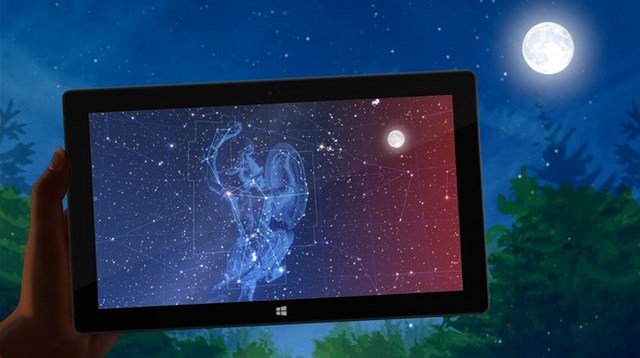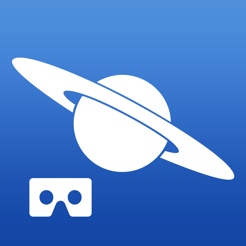The best apps to explore the space
Are you passionate about observing the cosmos? We collect essential applications for every lover of astronomical observation.

From the first moon landing, back in 1969, many people imagined that by the beginning of the 21st century, space travel would become routine and that we would be visiting other planets in our solar system and even daring to venture into interstellar space.
Unfortunately, that future has not yet arrived. In fact, some people wonder if it is really necessary to make more space travel because of how expensive they are. Was not going to the moon good enough?
For those who have always dreamed of humans becoming a true space race, they argue that exploring space provides practical benefits in areas such as health, mining and security. And more inspiring benefits, too. These are some of the most convincing arguments to continue the exploration of space.
If we do not want to follow the path of the dinosaurs some day, we must protect ourselves from the threat of being hit by a large asteroid, for example.
In addition, a long list of gadgets have been developed for the US space program. UU but they found other applications on Earth, so many that NASA has an office that looks for ways to reuse space technology as products. We all know about lyophilized foods, but there are many others. In the 1960s, for example, NASA scientists developed a plastic coated with a metallic reflecting agent. When used on a blanket, it reflects about 80% of a user's body heat, a skill that helps accident victims and athletes stay warm.
So, we all know that it's fun to learn about space, right? While we still can not take a vacation in space, there are still some opportunities to learn more about our solar system and other worlds. A good way to do this is by using one of the many applications available to observe the cosmos.
Our smartphones, in combination with augmented reality, offer a fantastic way to explore the sky and discover the many wonders of the universe. Most applications of astronomy and stargazing work in a similar way: they determine our location using the GPS sensor and the electronic compass in the device, which allows us to simply point the phone or tablet in any direction, see things that otherwise they would be visible only with expensive and professional equipment.
NASA App

How could it be otherwise, our first stop on the road is the NASA application. The National Aeronautics and Space Administration (NASA) is known for its ongoing effort to help the public learn about the universe. Its application is replete with the latest images, videos, mission information, news, stories, tweets and even an access to NASA television.
The application uses a simple design consisting of 9 tiles placed in a grid on the main screen of the application. Each mosaic represents a category of content, so it is very easy to navigate to what interests us the most. You can share any content on social networks at the touch of a button or save it using the bookmarks feature. NASA knows that images of deep space create wonderful wallpapers, so they allow users to save them on their mobile devices.
There is also a list that is continually updated of the next opportunities for observation of the ISS, which is particularly useful if you combine the NASA application with an application of observation of stars of augmented reality, such as Sky Map.
Sky Map

It is possible that this application sounds more like Google Sky Map, since it was the original name of the application. It is a way of seeing the sky with a viewer from outer space. The first version of the application was released there on January 20, 2012 and was released under the open source license Apache 2.0.
The team behind the application wanted to make it easier for users to learn about the night sky. Therefore, Sky Map is available for free in the Google Play store and does not include any purchase in the application. More than 10 million people have already downloaded it. The first thing to do after installing the application is to calibrate the compass on the mobile. Following a few simple steps you will be ready in a few seconds. After that, point the device anywhere to see what's in the sky. Using the icons on the left, you can filter various types of celestial bodies to easily discover what you are looking for. You can also search for a particular planet or star.
Star Chart

Star Chart is an augmented reality star observation application that provides an incredible window to the universe. Like Sky Map, it uses the compass and GPS of the smartphone to locate where the user is and then shows the night sky as if the user is looking through a telescope. The application is used by more than 20 million people around the world, and for good reason. Compared to Sky Map, Star Chart offers basically the same experience but with a serious improvement in several key aspects. To begin with, the calibration process of the compass is very simple and the increase in itself is much smoother than in Sky Map, and you really feel that the application responds fluidly to each of your movements while you look at the sky. Last, but not least, the constellations have beautiful images of them, so you'll understand why the first astronomers named them the way they did.
The only thing you should keep in mind is that the application comes with in-app purchases, such as the ability to track comets, meteor showers or satellites.